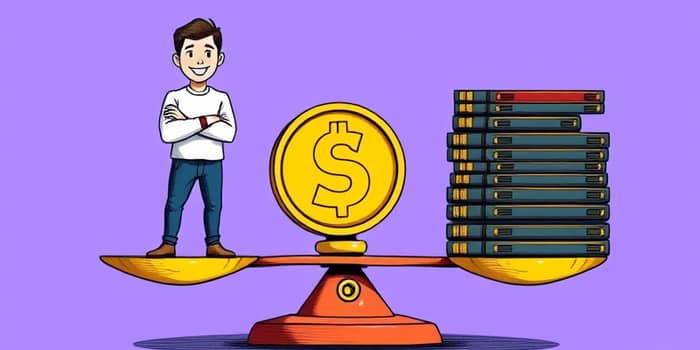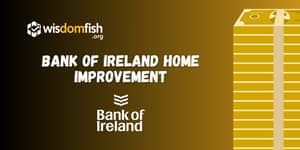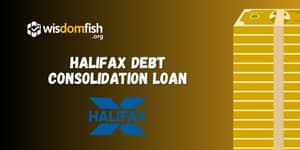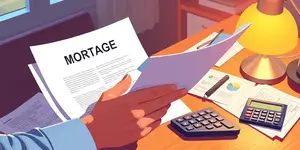
Refinancing high-interest credit cards with a personal loan can offer a path to a much lower interest rate and streamline your debt repayment. By consolidating multiple outstanding balances into one predictable loan, you gain clarity, reduce stress, and set a clear timeline for becoming debt-free. This approach is especially powerful when carried out thoughtfully and with discipline.
In the sections that follow, we will explain what credit card refinancing involves, explore key advantages and potential pitfalls, compare alternative strategies, and provide step-by-step guidance on using a personal loan to conquer burdensome credit card debt.
Credit card refinancing with a personal loan means borrowing a lump sum at a typically lower rate to pay off your existing high-interest credit card balances. Unlike secured loans, personal loans for debt consolidation are generally unsecured, requiring no collateral, making them accessible to borrowers who wish to preserve their assets.
Once approved, you receive funds that can be used to eliminate multiple credit accounts, replacing them with a single installment loan. This process often results in a single predictable monthly payment and a clear payoff schedule that usually spans three to six years.
Many credit cards carry variable annual percentage rates (APRs) ranging from 16% to 25% or more. If you consistently make only minimum payments, compounding interest can prolong your debt for decades and significantly increase your overall cost.
By contrast, personal loans frequently offer fixed rates between 6% and 10% APR for qualifying borrowers. This difference can translate into substantial savings and a faster route to financial freedom.
Refinancing high-interest credit with a personal loan can deliver multiple advantages:
While personal loans offer attractive benefits, it’s important to weigh potential downsides. Here are key factors to keep in mind:
• You qualify for a significantly lower interest rate than your current card APRs.
• You desire completely predictable monthly payments and a set payoff date.
• You value effective streamlined debt management and want to reduce the complexity of multiple due dates.
Before committing, review loan offers thoroughly. Seek lenders that don’t impose prepayment penalties so you can pay the loan off early if possible. Be vigilant about hidden fees or optional insurance add-ons that can inflate your cost.
Monitor your credit utilization even after refinancing. Closing paid-off credit card accounts may impact your credit score, so consider maintaining a low balance on at least one card to preserve long-term borrowing power.
Credit unions and community banks often provide competitive rates and personalized service. If you maintain existing relationships with these institutions, inquire about special debt consolidation programs or membership-based discounts that could further reduce your borrowing costs.
By thoughtfully applying this strategy—evaluating rates, understanding costs, and maintaining disciplined spending—you can harness the power of personal loans to take control of your high-interest credit card debt and move confidently toward financial freedom.
Embarking on a personal loan refinance journey demands careful planning, execution, and ongoing discipline. By adhering to the guidance outlined above, you can transform your high-interest credit card burden into a manageable, cost-effective loan—and take a significant step toward lasting financial wellness.
References













